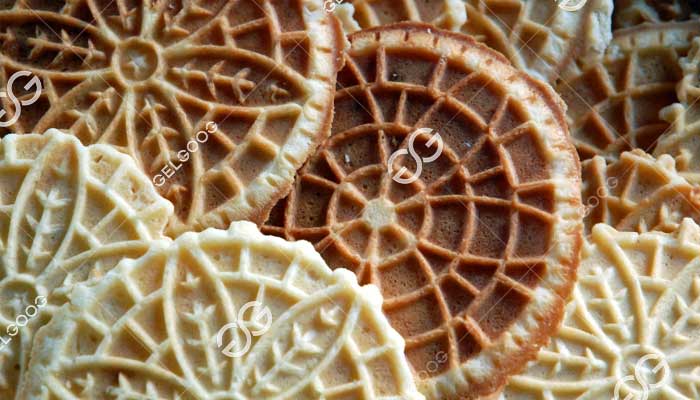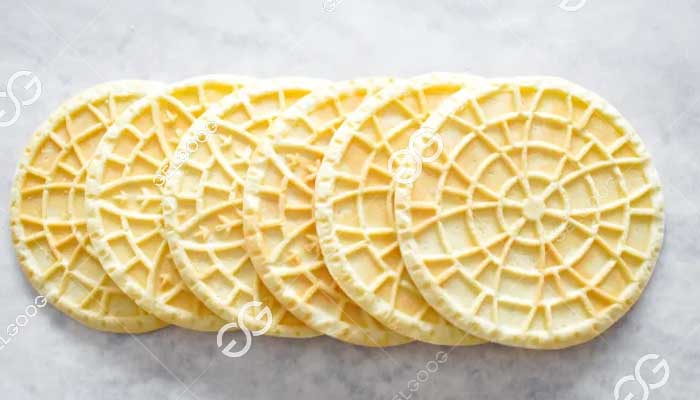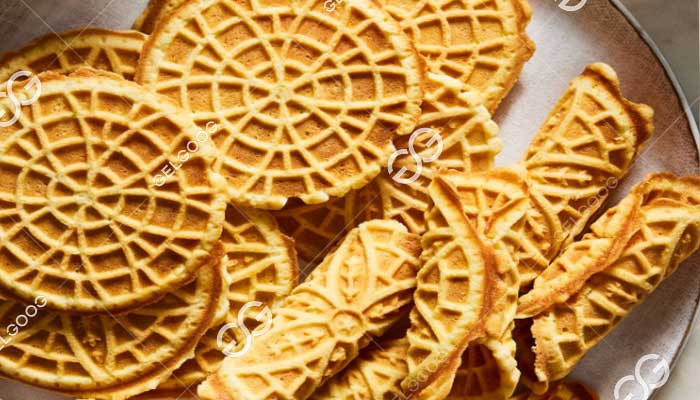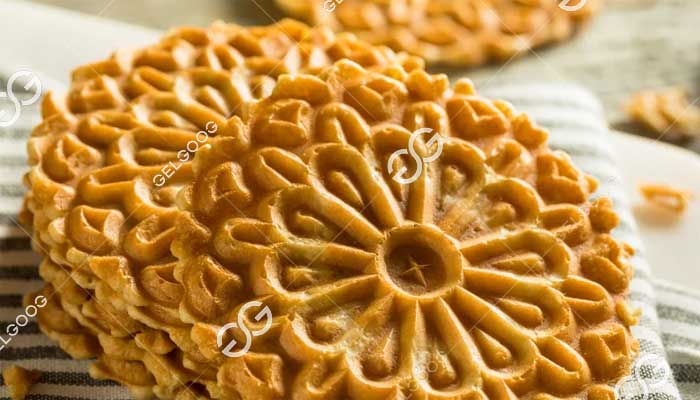What is the Difference Between Krumkake and Pizzelles?
For manufacturers and industrial businesses investing in large-scale bakery production, understanding the nuances between traditional baked goods is critical for optimizing machinery and workflows.

Two popular European wafer-style treats—krumkake and pizzelles—often spark confusion due to their similar appearance.
However, their differences in ingredients, textures, and production processes demand specialized equipment for efficient, high-volume output.
Below, we break down the distinctions and explain how industrial machinery caters to their unique manufacturing requirements.

Origins and Cultural Roots
Krumkake: A Norwegian Delicacy
Krumkake (meaning "curved cake" in Norwegian) is a delicate, cone-shaped wafer originating from Scandinavia. Traditionally made during holidays, it features intricate patterns and a light, crispy texture.
Pizzelles: Italy’s Oldest Cookie
Pizzelles, from Italy’s Abruzzo region, are flat, snowflake-patterned waffle cookies. Known for their crisp yet slightly chewy texture, they are often flavored with anise or vanilla.
Key Takeaway
While both use wafer irons, their shapes, cultural significance, and regional popularity influence production scalability.

Production Process Contrasts
Shaping and Baking
- Krumkake: Rolled into cones immediately after baking using specialized molds. Industrial machines require rapid heating (180–200°C) and automated rolling mechanisms.
- Pizzelles: Pressed into flat, patterned discs. High-pressure plates and consistent heat (160–175°C) ensure even thickness and design clarity.
Cooling and Packaging
- Krumkake’s fragile cones need gentle conveyor systems to avoid breakage, whereas pizzelles’ sturdier structure allows faster cooling and stacking.
Industrial Machinery Needs:
- Krumkake Lines: Cone-forming attachments, rapid-heat ovens, and delicate handling systems.
- Pizzelles Lines: Heavy-duty presses, pattern engraving tools, and high-speed packaging.

Why Industrial Machinery Matters for Scalability
For factories targeting mass production, standard bakery equipment falls short. Here’s how specialized machinery addresses challenges:
- Customizable Molds: Swap plates for krumkake cones or pizzelle patterns without downtime.
- Precision Temperature Control: Avoid underbaking or burning sensitive batters.
- High-Speed Output: Produce 5,000–10,000 units/hour with automated batter dispensing and shaping.
- Hygienic Design: Easy-to-clean surfaces comply with food safety standards (e.g., ISO 22000).

Understanding the difference between krumkake and pizzelles ensures manufacturers select equipment that aligns with product specs and volume goals. Whether producing delicate Norwegian cones or robust Italian waffles, advanced machinery enhances efficiency, consistency, and profitability.
Ready to upgrade your pizzelles production line? Explore our range of high-capacity krumkake and pizzelle machines engineered for industrial demands. Contact our team to design a customized solution today.















